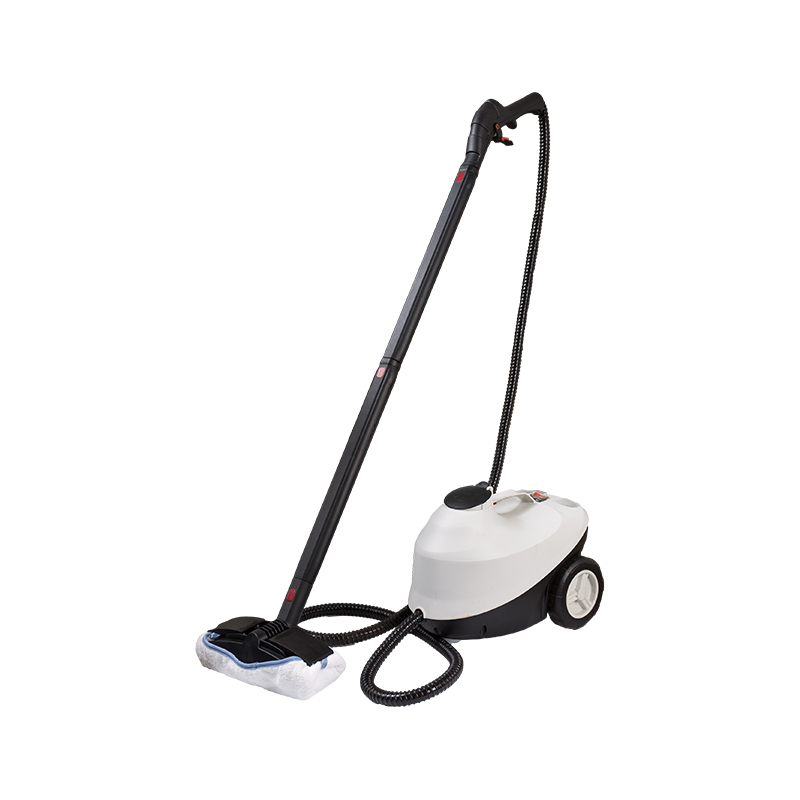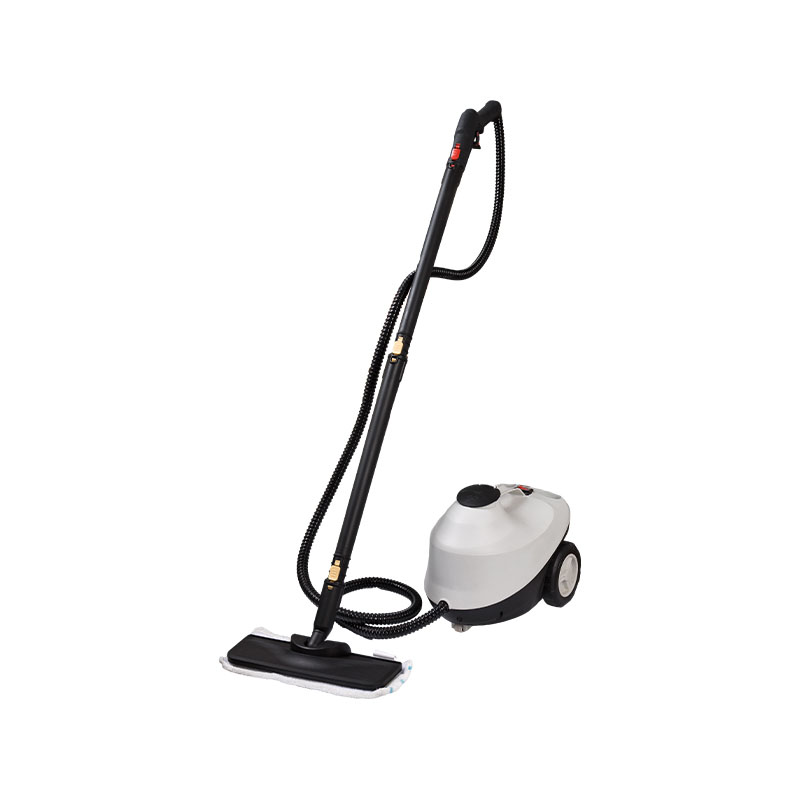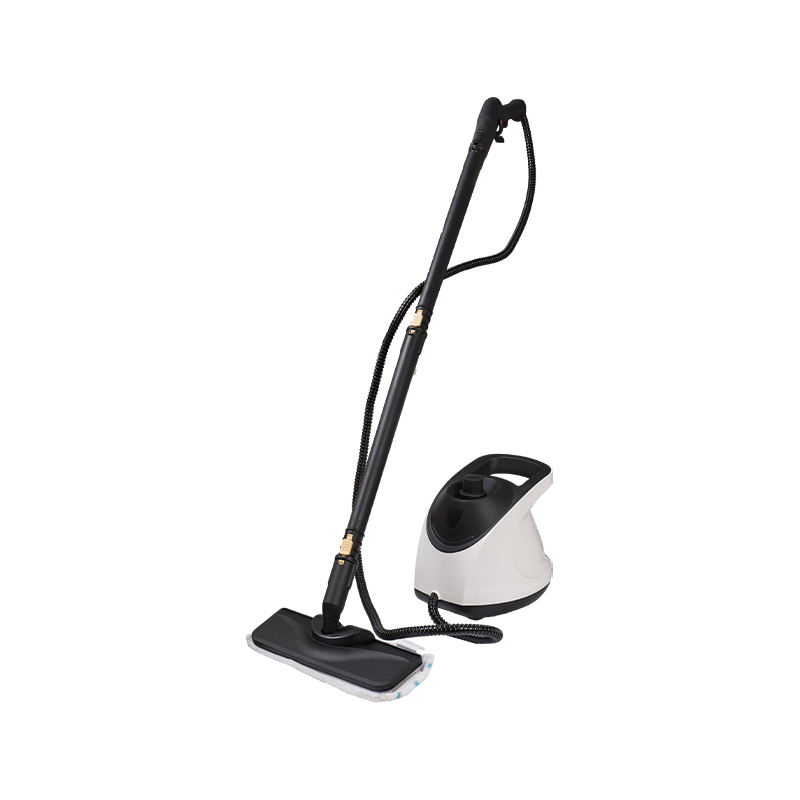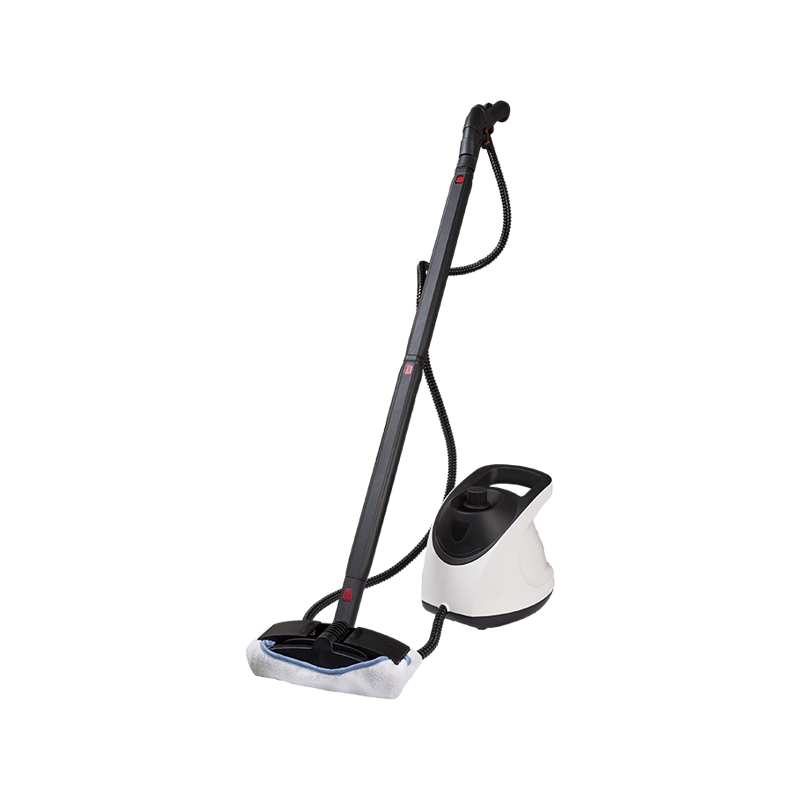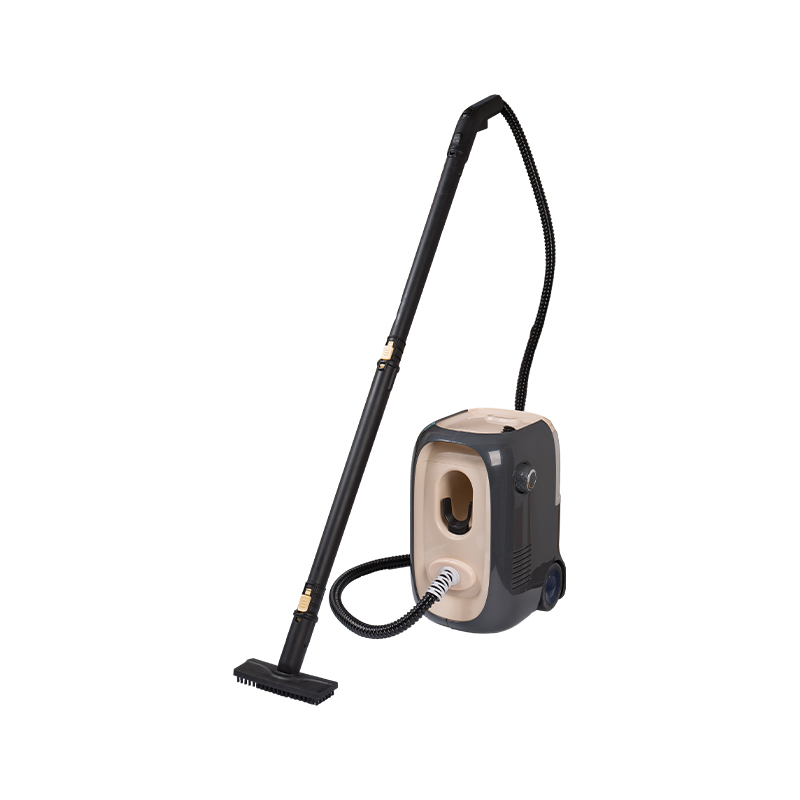-
Phone: +86-13282120735
-
Tel: +86-0571-58307962
-
Fax: +86-0571-58307999
-
E-mail: jy@hzkelong.cn
-
ADD:The Southern Industrial Development Area, Meicheng Town, Jiande City,Zhejiang, China

Can Steam from a Steam Mop Damage Baseboards, Walls, or Furniture?
Steam mops have become a popular tool for homeowners seeking a chemical-free, sanitizing clean for their hard floors. The promise of using just water to dissolve dirt and kill germs is incredibly appealing. However, that very power—intense, heated steam—naturally leads to a common and valid concern: can the steam from these devices damage the other surfaces in your home, like baseboards, walls, or furniture?
The short answer is yes, it can, but it doesn’t have to. The risk is not from the steam itself under normal use, but from its misuse and the specific materials it encounters. Understanding how steam interacts with different materials is the key to leveraging its cleaning power safely and effectively.
The Science of Steam and Why It Can Be Risky
Steam is simply water vaporized by heat. A steam mop heats water to around 200°F (93°C) or more, creating a powerful jet of vapor. This heat and moisture are a potent combination for breaking down grime, but they are also the very elements that can cause damage.
The two primary mechanisms of damage are:
Heat Warping and Melting: Many materials, especially certain plastics and engineered woods, have a low tolerance for high heat. Direct, prolonged steam can cause them to warp, soften, or melt.
Moisture Infiltration: Steam is micro-scopic water particles. When forced into cracks, seams, or porous materials, this moisture can cause wood to swell and warp, paint to bubble and peel, and laminate to delaminate (separate from its core). This is often a slower, more insidious form of damage that appears hours or days after cleaning.
A Closer Look at Specific Surfaces
1. Baseboards: The Most Vulnerable Target
Your baseboards are directly in the line of fire and are often the first casualty of improper steam mop use. The risk level depends almost entirely on the material they are made from.
Unfinished or Painted Wood: Traditional wood baseboards are porous. Direct steam can penetrate the paint film, causing it to bubble and peel. The wood underneath can absorb the moisture, leading to swelling, warping, or cracking over time.
MDF (Medium-Density Fiberboard): This is the most common and most vulnerable material for modern baseboards. MDF is essentially compressed wood dust and resin. It acts like a sponge when exposed to moisture, swelling irreparably. The heat from the steam can also soften the resin. The result is often a bubbled, ruined surface that cannot be repaired, only replaced.
Vinyl or Plastic: These materials are more resistant to moisture but can be sensitive to high heat. Prolonged, direct steam can cause them to warp or melt.
The Safe Practice: Maintain a safe distance of at least 6-8 inches from baseboards. Use a quick, sweeping motion when cleaning near them, never holding the steam head stationary against or directly aimed at the baseboard. Wipe up any condensation that accumulates on them immediately with a dry cloth.
2. Walls: A Broad Canvas of Potential Problems
Walls are less likely to be hit directly by the steam mop head, but steam vapor can easily rise and make contact.
Painted Drywall: Most modern latex paints are somewhat water-resistant, but they are not steam-proof. Intense, direct steam can soften the paint, causing it to bubble or peel. It can also force moisture into the drywall behind it, which can compromise its integrity and lead to mold growth inside the wall cavity—a serious and hidden problem.
Wallpaper: Steam is the traditional tool for removing wallpaper for a reason. Using a steam mop near wallpaper, even vinyl-coated wallpaper, is asking for trouble. The steam can loosen the adhesive, causing edges to curl and seams to separate.
Wood Paneling or Accent Walls: The same rules apply here as with wood baseboards. Moisture can cause the wood to swell and the finish to become cloudy or blister.
The Safe Practice: Treat walls with even more caution than baseboards. They are not designed to be cleaned with a high-heat, high-moisture tool. If you need to clean a wall, use a damp (not steaming) microfiber cloth attached to the mop, or clean by hand with appropriate cleaners.
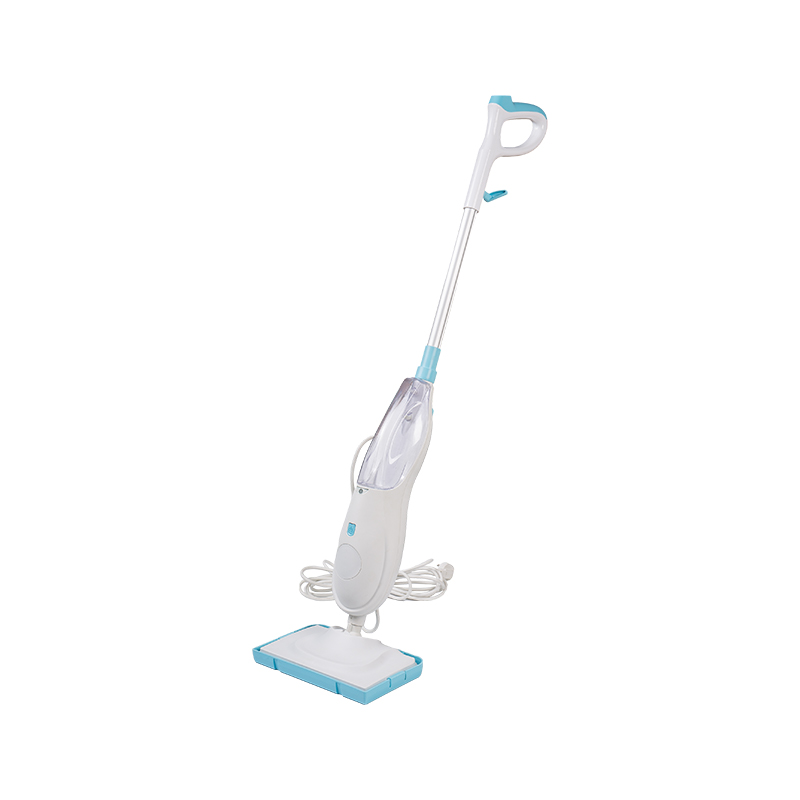
3. Furniture: Know Your Woods and Finishes
While you wouldn’t normally steam mop your furniture, the risk comes from proximity. Steam vapor can drift and settle on nearby furniture legs, cabinets, or upholstery.
Wood Furniture: The finish is your furniture’s protector. High-heat steam can cloud, crack, or blister shellac, varnish, and lacquer finishes. Once the finish is compromised, moisture can reach the raw wood, causing stains, swelling, and warping. Antique or unfinished wood is exceptionally vulnerable.
Laminates (like on kitchen cabinets): Laminates are generally moisture-resistant, but the seams and edges are not. Steam can penetrate these seams, causing the laminate to lift and the particleboard core to swell.
Upholstered Furniture: Blasting steam at upholstery is essentially steam cleaning it—which is a dedicated process with specialized equipment. Using a steam mop can over-wet the fabric and padding, leading to long drying times and a high risk of mildew growth.
The Safe Practice: When mopping, be mindful of furniture nearby. If possible, move lightweight furniture out of the way. For items like kitchen cabinets or table legs, a physical barrier like a towel can be used to deflect stray steam.
How to Use a Steam Mop Safely: A Proactive Guide
Preventing damage is far easier than repairing it. Follow these golden rules for safe steaming:
Read the Manual: Your manufacturer’s instructions are the first and best source of information for what your specific model can and cannot do.
Choose the Right Setting: Most modern steam mops have variable steam settings. Use the lowest effective setting for the job. High-power mode should be reserved for heavily soiled, durable surfaces like ceramic tile.
Keep it Moving: Never, ever hold the steam mop in one place for more than a second or two. A continuous, slow, gliding motion is key. The goal is to allow the steam to do the work and for the surface to dry almost instantly from the residual heat.
Maintain a Safe Distance from Edges: Be extra vigilant when mopping along the perimeter of a room. Angle the mop head away from baseboards and walls.
Use a Dry Follow-Up: After steaming, especially in a humid environment or on a non-porous floor, go over the area with a dry microfiber cloth to eliminate any lingering moisture that could rise and affect other surfaces.
Know What Not to Steam: As a final rule, never use a steam mop on unsealed hardwood, unglazed tile, laminate flooring, cork, or any surface where moisture penetration is a risk. When in doubt, test in an inconspicuous area first.
Conclusion: A Powerful Tool, When Respected
So, can a steam mop damage your baseboards, walls, or furniture? Absolutely—if used carelessly. The steam is powerful, and that power demands respect. However, by understanding the vulnerabilities of the materials in your home and adopting safe mopping practices, you can mitigate these risks entirely.
The steam mop is not a reckless weapon; it is a precise tool. Used with knowledge and care, it can provide a superb, hygienic clean for your floors without leaving a trail of damage in its wake. The responsibility lies not with the tool, but with the person holding the handle.

